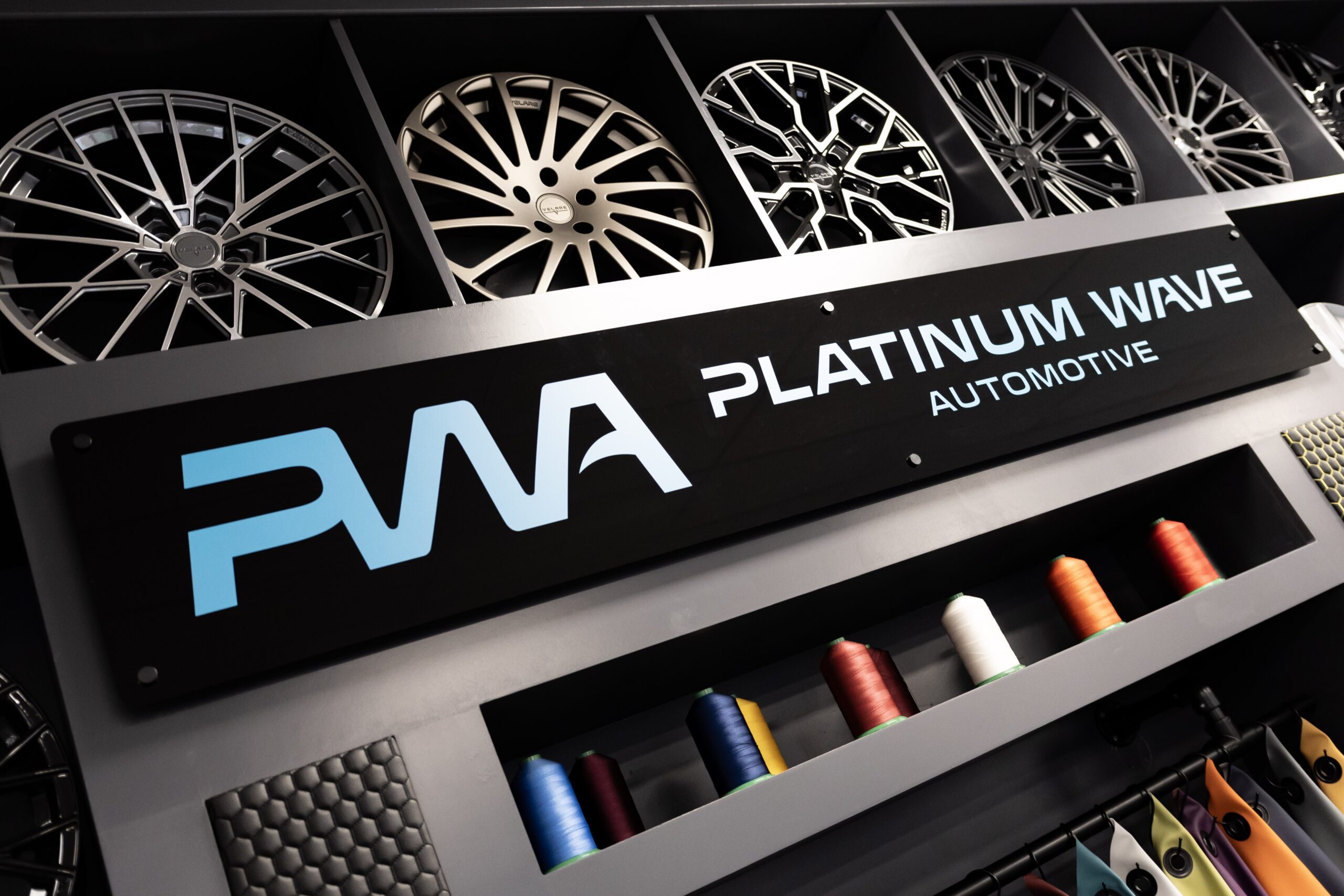As we’re on the way out of the COVID-19 Pandemic, the rise of Volkswagen Campervans sales has shot through the roof. With travel restrictions in place and government advice of not traveling abroad, travel enthusiasts and sun-seekers are now turning to the VW Campervan lifestyle for their family holidays.
200kg - the pop top roof bed can hold up to 200kg in weight so easily enough for two people.
Short Wheel Base vans are 4.9m in length and Long Wheel Base vans are 5.3m in length.
The 12v power system in a campervan is the internal power source, typically a leisure battery, often complemented by a solar panel (available on request).The leisure battery gets charged while the engine is running and is used to supply power to elements such as lighting, the refrigerator, travel appliances, and more.
On the other hand, 240v power is what your campervan accesses when connected to mains power at a campsite. This power source enables the use of regular household items like hair dryers within the campervan.
This is dependant on which bed you have installed details of our bed options are below:
| 2 Seater Fab Works | 1830mm x 1140mm |
| 3 Seater Fab Works | 1830mm x 1300mm |
| 2 seater Rib bed | 1860mm x 1120mm |
| 3 seater Rib bed | 1860mm x 1300mm |
| Pop top bed | 1800mm x 1028mm |
For a brief period starting from September 2019, campervans were categorised as cars for tax-related considerations, leading to a significant increase in taxes. Nevertheless, in March 2020, the legislation was revoked, and campervans reverted to being classified as commercial vehicles.
In the absence of charging from the engine or a solar panel, the typical lifespan of most leisure batteries is approximately two days. Nevertheless, allowing the battery to completely discharge is discouraged, as it can have adverse effects on the overall battery life.
Even if the battery does discharge, you can still start your van and recharge it, as the leisure battery operates independently from the main starter battery.
There are three primary methods for warming a campervan during the winter season. The most used approach involves a gas heater, akin to a gas fire found in homes. These heaters are fuelled by liquid gases like butane or propane and can either be integrated into the van or stand freely.
Another common method involves employing a diesel heater, which is a built-in system connected to the camper's fuel tank. It operates by burning diesel, generating heat that is then distributed throughout the camper with the aid of an electric fan.
Lastly, electric heating is an option, typically in the form of a stand-alone fan heater or an oil-filled radiator that can be plugged into the van's 230V electrical system. In certain instances, a built-in electric heater can be installed.
No, there is no mandatory legal obligation for your campervan or motorhome to undergo a habitation check (commonly referred to as a hab check). However, it is advisable to schedule regular habitation checks since you bear the responsibility for the safe operation of your campervan. Such checks can identify faults that may have gone unnoticed and ensure the overall safety of your vehicle.
Yes, however it is important to note that the cost for transporting a campervan is higher compared to taking a car, and you may be required to use the single-deck overheight vehicle carriages.
Additionally, it's crucial to be aware of Eurotunnel's regulations concerning the transportation of LPG. There are specific rules regarding the permissible amount of gas, and you might be requested to demonstrate compliance with these rules for your camper's gas tanks.
In England, Wales, and Northern Ireland, it is necessary to secure permission from the landowner before camping, even in a campervan or motorhome. Typically, this translates to a limitation on camping to designated campsites. However, certain landowners may permit campers to use their fields, essentially allowing for wild camping.
Similar to a sizable car or a people carrier, a modern campervan is fully capable of towing a caravan. The standard towing and weight regulations are applicable, and by installing a tow bar, your campervan should be well-equipped for the task.
A campervan can park in any open air car parks - see campervan lengths and widths to confirm space size required. The height of campervan is 2.1m (with the pop top down) which will fit into the majority of UK car parks. However, please ensure you check the height restrictions before entering.
Contact us
Ready to take the next step? Contact us for all your enquiries. Let’s start your adventure today


